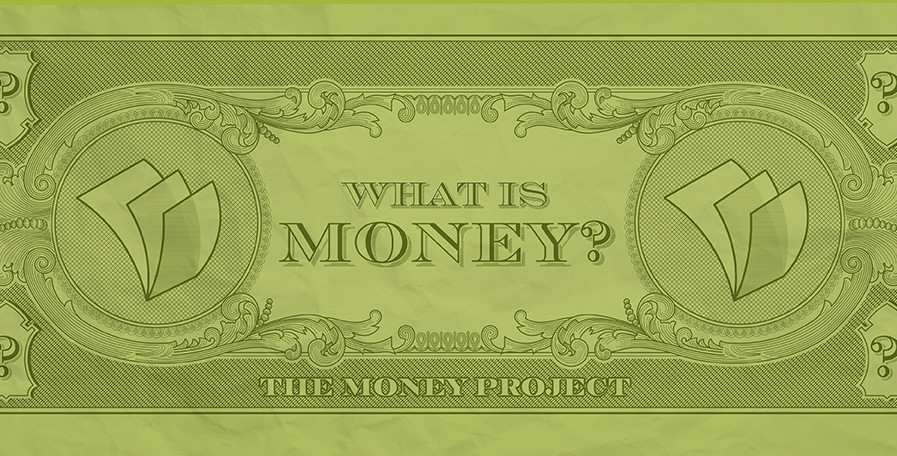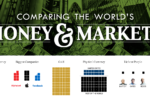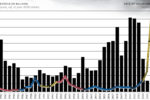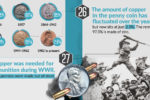
Infographic: What is Money?
At first glance, the concept of “money” seems extremely straightforward.
For example: the cost of a loaf of bread in New York City at a grocery store may be $3.50. We don’t think about it much, and we pull out our wallets to pay with cash or a credit card.
But money is actually more complex. A very similar loaf could have been bought for:
- 0.4 aes during the Roman Republic
- 3 aes in Rome under Emperor Nero
- 1 penny during Queen Elizabeth’s reign in England
- 0.2 beaver pelts in 1795 in North America
- $0.21 in 1965
- $35 million Zimbabwean dollars in the midst of hyperinflation
- 10¥ in China (equal to only $1.50 USD)
- 35 rubles in Moscow (equal to only ~$0.55 USD)
- 7.8 grams of silver ($14 spot price)
- 23,000 Dogecoin cryptocurrency
Time and place clearly matters. However, which “money” you pay with also matters. What is money?
This all creates more questions than it answers:
- Are all of these above things examples of money?
- Is money finite or infinite?
- Where does money come from?
- Is value constant, or does it change?
- How much money exists?
- How does this all affect our wealth and investments?
The Money Project acknowledges that the very concept of money itself is in flux – and it seeks to answer these questions.
About the Money Project
The Money Project aims to use intuitive visualizations to explore ideas around the very concept of money itself. Founded in 2015 by Visual Capitalist and Texas Precious Metals, the Money Project will look at the evolving nature of money, and will try to answer the difficult questions that prevent us from truly understanding the role that money plays in finance, investments, and accumulating wealth.
Embed This Image On Your Site (copy code below):






